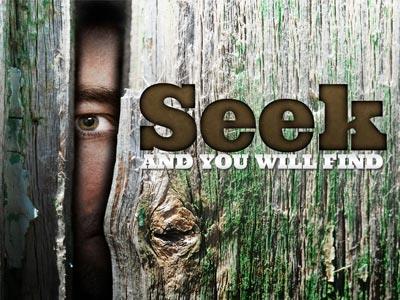-
The Feast Of Tabernacles Series
Contributed by David Moore on Nov 28, 2017 (message contributor)
Summary: This message relates the Feast of Tabernacles to the Presence of Christ amidst His people throughout His Millennial Kingdom.
The Feast of Tabernacles
Text: Leviticus 23:33-23:43
Introduction: This morning I want to conclude our studies on the feasts of Israel. You will recall that to date we have looked at six feasts: four Spring Feasts; Passover, Unleavened Bread, Firstfruits and Pentecost and two autumn feasts: Trumpets and Atonement. So we have now arrived at the final feast, the feast of Tabernacles. This autumn feast is also called the Feast of Booths, Ingathering, the Thanksgiving Feast, and Succoth. It was and is the culmination of the spiritual year in Israel, and it is a feast that stands in marked contrast to Atonement in that the command is to rejoice. For a full week the people are required to live in booths or tents, and to rejoice over God’s provision for them. As with all the feasts, Tabernacles has both an historical significance, and a prophetical fulfillment.
Historically the Jewish people are reminded by Tabernacles of the 40 years Israel spent in the wilderness, when because of their sin and disobedience they had to spend each night in makeshift shelters, nevertheless God was with them, his presence marked by a pillar of cloud by day and a pillar of fire by might. At Tabernacles Jews build booths outside their homes, roofed with branches as reminders of the wilderness-life of their ancestors
As the feast developed various aspects were added to it. There was a ceremony of the outpouring of water, drawn from Siloam, in commemoration of the refreshing stream which had come forth miraculously out of the rock at Meribah (Ex. 17:1-7), and there was the illumination of the inner court of the temple, where the light of a grand candelabra reminded the people of the pillar of fire by night which had served as a guide through the desert (Num. 14:14).
Prophetically it points to the coming of the Lord and His presence with His people throughout the Millennial Kingdom. But we will say more about that later.
I. How Tabernacles Was Celebrated
A. Notice in Leviticus 23:34, Moses taught “The fifteenth day of this seventh month shall be the feast of tabernacles for seven days unto the LORD.”
1. What the seventh day, or Sabbath, was in to the week, the seventh month was to the year.
2. It closed the sacred cycle, as well as the agricultural or working year.
a. Tabernacles fell on that time of year when the hearts of the people would naturally be full of thankfulness, and gladness.
b. All the crops had been long stored; and now in the final harvest of the years all fruits were gathered in.
c. Winter was approaching and the land awaited the softening and refreshment of the 'latter rain,' to prepare it for a new crop.
3. In terms of God’s calendar the beginning of the harvest had pointed back to the birth of Israel in their Exodus from Egypt, and forward to the true Passover-sacrifice in the future, Pentecost spoke of the outpouring of the Holy Spirit and the harvest of the nations; and now the Feast of Tabernacles reminded Israel, on the one hand, of their dwelling in booths in the wilderness, while, on the other hand, it pointed to the final harvest when Israel's purpose should be completed, and all nations gathered unto the Lord.
B. The celebration of the Feasts of Tabernacles was to begin and end with a special Sabbath day in which the Israelites were to cease working and gather for worship (Lev. 23:39).
1. An eighth day was tagged on to the end of the feast on which people came together for worship and sacrifice (Lev 23:39).
C. The three main characteristics of the Feast of Tabernacles were:
1. The dwelling in booths.
a. Living in booths served as a reminder of God’s protection during the forty years of wandering in the desert (Lev 23:42). The temporary booths symbolised the need to depend upon God for His provision of food, water, and shelter.
b. The prophet Isaiah describes how God will protect the faithful remnant during the time of trouble by sheltering them with the cloud by day and the flaming fire by night: “And the LORD will create upon every dwelling place of mount Zion, and upon her assemblies, a cloud and smoke by day, and the shining of a flaming fire by night: for upon all the glory shall be a defence. And there shall be a tabernacle for a shadow in the day time from the heat, and for a place of refuge, and for a covert from storm and from rain.” (Isaiah 4:5-6).
2. The unusual number of sacrifices.
a. Every day the sacrifices consisted of two rams and fourteen lambs that were to be offered with their respective grain offerings and a male goat as a sin offering.

 Sermon Central
Sermon Central



